Within homeschool classroom the classroom management vs discipline debate is one worth having since most may seem them as the same thing. They are interconnected and we will discuss the relationship between both in this article.

In the classroom, students don’t often think about how their emotions affect classroom management strategies, discipline strategies, and their learning.
Understanding Classroom Management vs Discipline Debate
Classroom management focuses on creating a structured and organized learning environment, including setting routines, clear expectations, and engaging lesson plans.
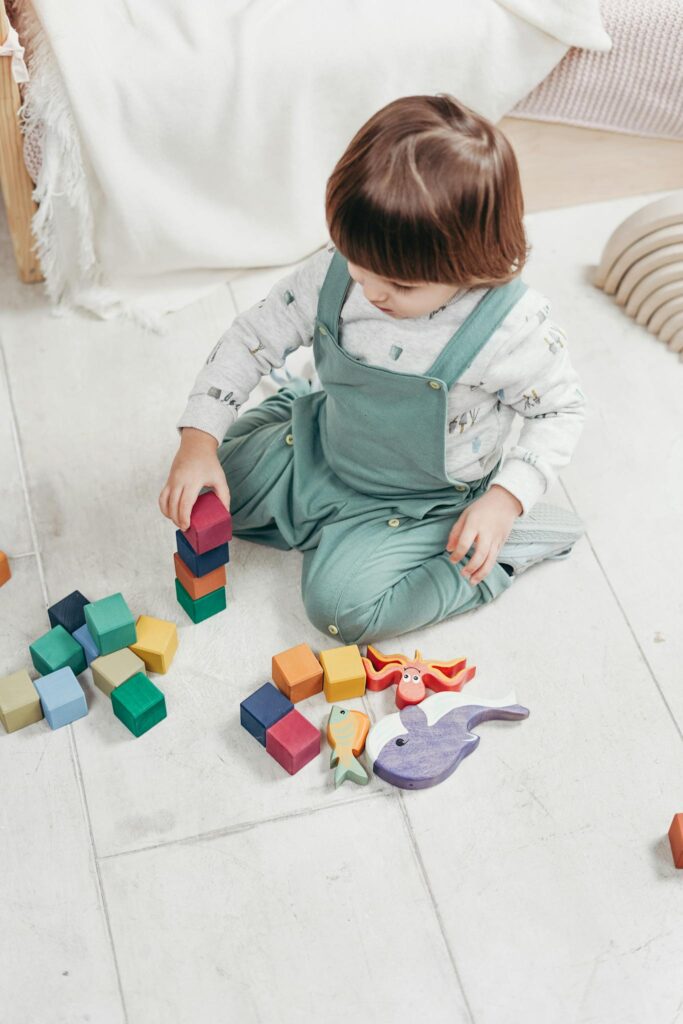
Discipline, on the other hand, addresses correcting behavior and teaching accountability when challenges arise. While traditional classrooms often separate these roles, homeschooling blends them into a more personalized approach.
Understanding the balance between proactive classroom management vs. discipline strategies is essential for fostering a positive and productive homeschool experience, ensuring both academic and emotional growth for children.
A Classroom Managment Infographic
Infographics are a great resource to display in the classroom because they summarize topics ideas that need to be reinforced again and again.
When students see the benefits to classroom management they will be reminded to follow rules and keep behavior in check.
Join my TpT store community to download your copy of this infographic.
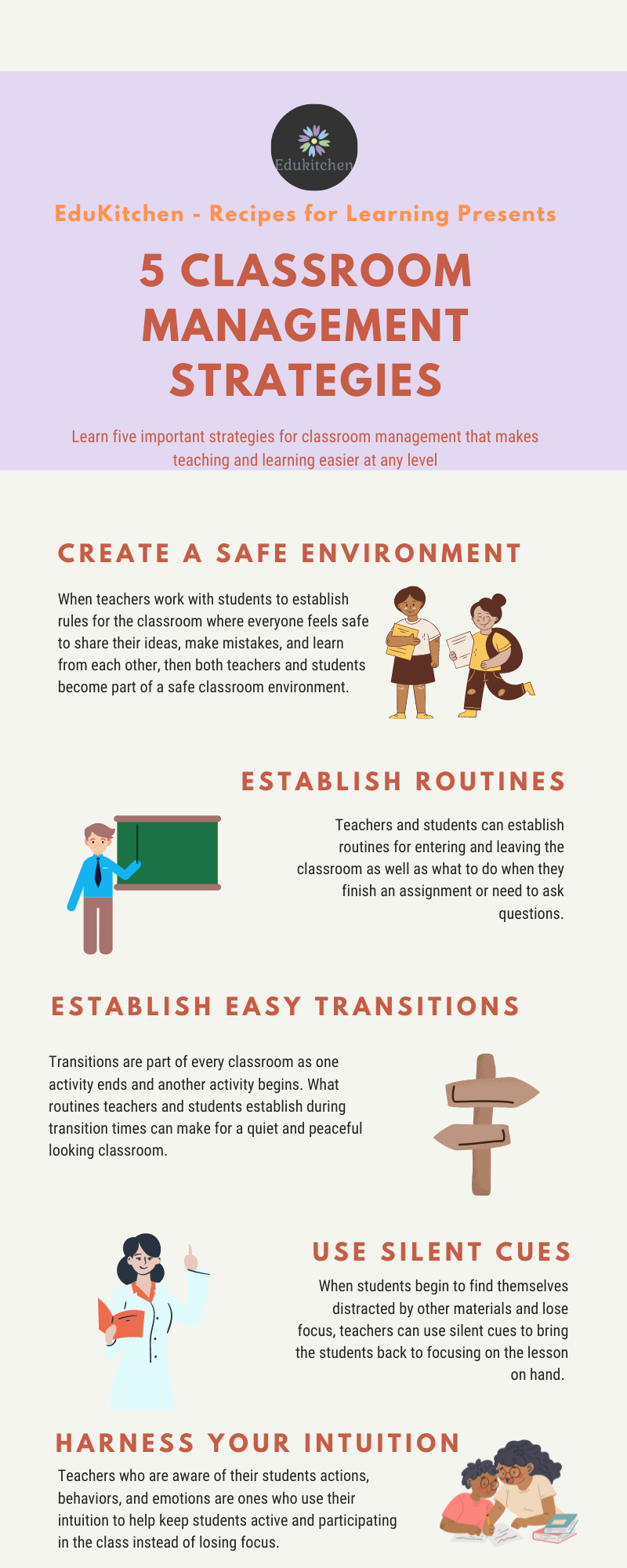
Free Classroom Management Guide
Sign up today and download your FREE copy of our “classroom management guide” that includes a guide to classroom rules, a classroom readiness checklist, and activities you can do with your children on the first day of ‘school’.

Classroom Management Sign Up Form
When you join our teaching community, you will get access to this free classroom management guide that includes rules, checklists, and a sample guide as what to do with students on the first day of classes with them. This guide works for any time you have a new class for the school year!
The form you have selected does not exist.
How to Create a Homeschool Classroom
This blog contains affiliate links to highlighted websites and/or resources. By clicking on the link and making a purchase we may earn a small commission at no extra cost to you. Click here for full disclosure.
Our classroom management stategies guide help set the stage for a safe classroom environment and community.
But what about creating an effective homeschool classroom if you have never set one up before?
The author of Everything You Need to Know About Homeschooling, Lea Ann Garfias outlines approaches to calm students down so they begin to listen and respond to what the teacher has to say.
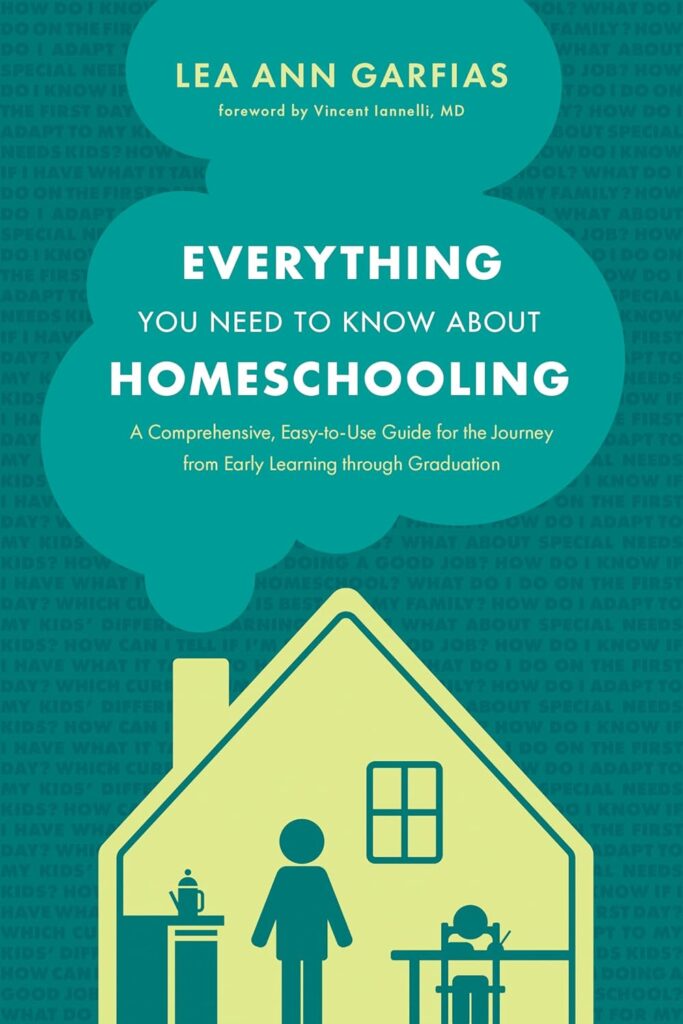
As Lea Ann says, this book will help new homeschooling parents understand the intrict works of setting up a homeschool classroom, especially after the global pandemic of 2020. Lea Ann is a homeschool graduate herself, and homeschools her six children. She helps answer most commonly asked questions around homeschooling children.
To see other valuable resources from Lea Ann Garfias, follow her, as we have done, on Amazon today!
Understanding how to deal with classroom management and discipline issues can be even more challenging to those who teach in the homeschool classroom.
The Classroom Management vs Discipline Debate
Can you have one without the other?
The short answer is no. Effective classroom management strategies plan to include different aspects of behaviors, rewards and consequences that go along with rules, and procedures.
Classroom management is the overall running of the classroom.
Discipline strategies are one aspect of classroom management.

When students are effectively running the classroom according to the established rules and procedures, then this makes the issue of discipline easier. Discipline deals with behavior management.
Discipline deals with behavior management. When students are more aware of how their behavior impacts on their learning then disciplining the students means rewarding positive behavior.
The Aspects of Classroom Management
As the name indicates, classroom management means taking control of the classroom to avoid chaos.
But does that mean that only the teacher has to take control of the class?
In the beginning of the school year, yes, the teacher needs to be in control. The teacher is an authoritative figure in the classroom.
A good teacher knows how to use their control of the classroom to benefit the students in the classroom.
In other words, the teacher does not control the class as a dictatorship, but as a democratic society.

Visit our TpT Store to download this resource!
Visit our TpT store to download this and many more of our resources around classroom management.
Students will be more likely to participate in managing their behavior and responsibilities in the classroom when they have had a hand in establishing how the classroom will be managed.
The three main aspects to classroom management are; rules and procedures, routines, and you guessed it, discipline strategies.
I. Rules and Procedures
Rules that cover all aspects of time spent in the classroom means that students become familiar as to what is right and wrong so that problems are avoided.
For example, how to enter and exit the classroom. How to ask permission to leave the classroom for various reasons, and so on.

Procedures are how students are to spend their time in the homeschool classroom as it relates to their academic work.
Students need to be aware of what activities they can do if they finish their work early, where to hand in finished assignments, and how to keep their desks clean and organized.
II. Routines
Routines are connected to the agenda the teacher has planned for the students during the class.
When the teacher tells the students the activities included in the agenda, students begin to form a routine with each activity.
Teachers may also have special activities set on a particular day such as show and tell.
III. Discipline Strategies
These strategies focus on positive outcomes when it comes to behavior and commitments to responsibilities.
Rather than using punishments to correct behavior students are asked to reflect on their behavior and how negative behavior and actions have consequences that can impact everyone in the classroom.

The Aspects of Discipline Strategies
The three main aspects to discipline strategies are: roles and responsibilities, behavior management, rewards and consequences.
I. Roles and Responsibilities
As part of building character through behavior, teachers can help students define their roles in the classroom.
For example, each week every student takes on the responsibility to completing a task in the classroom, such as classroom monitor.
Of course, the number one role students have is to help build a safe classroom environment.
Building a safe classroom environment means students are aware of how they interact with other students and how they’re contributions to the class through assignments, questions and answers, helps everyone learn.

II. Behavior Managment
The building of one’s character is valued in the relationships they form with those around them. Teachers and students build relationships through trust and communication.
Teachers as role models of good behavior come to expect their students to demonstrate good behavior for the sake of everyone in the classroom.
Students who choose not to make the right choice in the classroom should understand that their choices can hurt others and that better choices lead to better relationships.
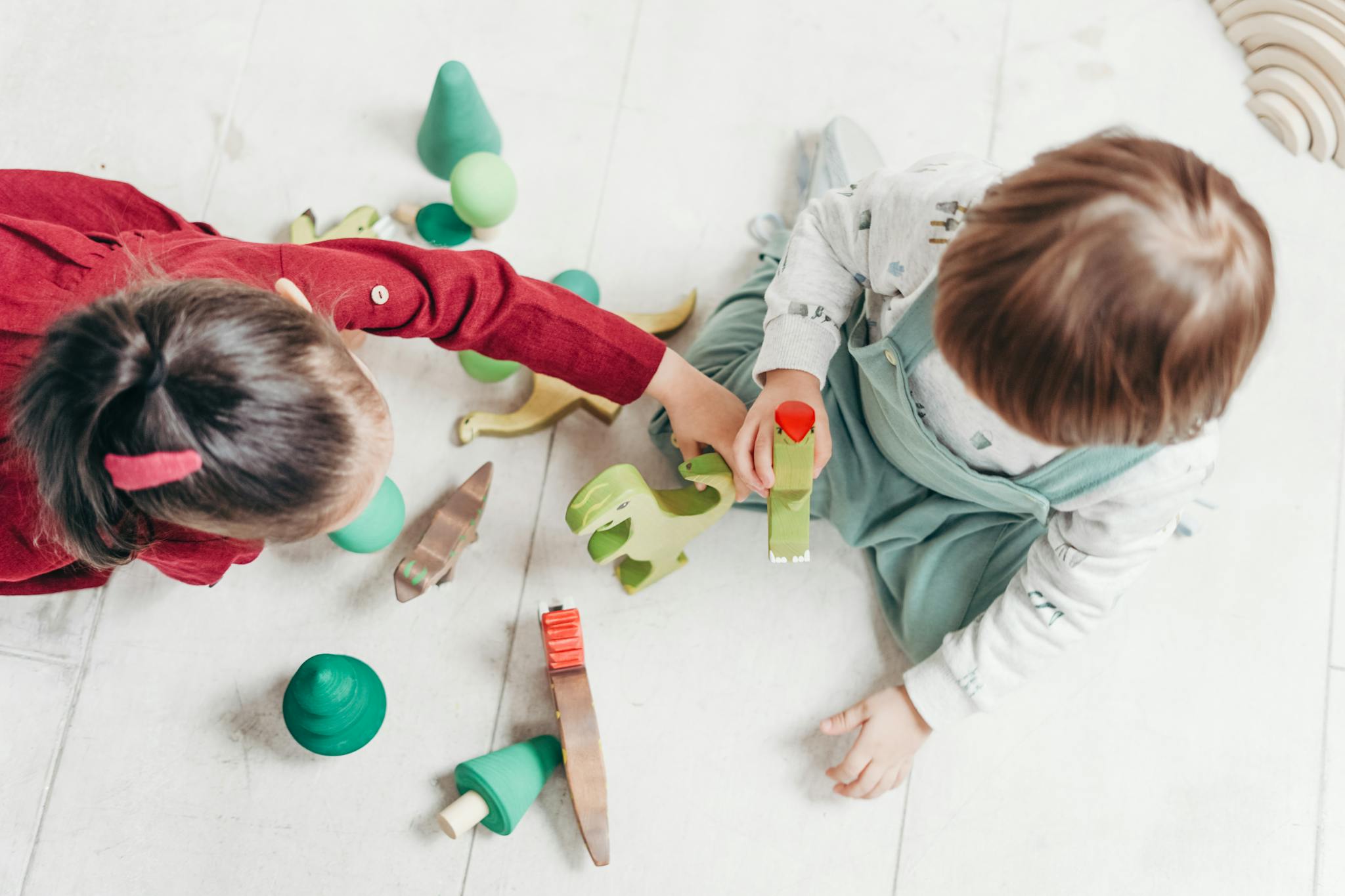
III. Rewards and Consequences
Even homeschool classrooms need to show a system of rewards and consequences, but why?
The reason is that these add value to students’ level of motivation. To seek a reward or avoid a consequence motivates students.

Where parents have to be careful in choosing their rewards and consequences is if these rewards and consequences impact negatively on students’ self-esteem.
Some examples of proper rewards include:
Using sugary snacks and drinks may be tempting but the consequences to overall health could outway the benefits to students and should be avoided or used sparingly.
Classroom Managament vs. Discipline Video
Our Classroom Management vs. Discipline video dives into the essential differences between these two concepts in traditional classrooms and explores their relevance in the homeschool environment. While classroom management focuses on creating an organized, structured, and conducive learning atmosphere, discipline emphasizes guiding behavior and fostering responsibility.
In a homeschool setting, these ideas are interconnected but take on unique roles, as parents often wear the hats of both teacher and guide. This video offers practical strategies for maintaining balance, encouraging positive behavior, and fostering a love of learning, all while tailoring these approaches to the intimate and flexible nature of homeschooling. It’s a must-watch for parents looking to create a harmonious and effective learning space at home!
Related Topics
Connect to our other pages as you navigate through our website. Explore what these pages have to offer you and you will be glad you did!
- 5 Classroom Management Strategies for Homeschooling
- How to Use Formative Assessments in the Homeschool Classroom
- 7 Tips for Homeschool Lesson Planning
- 5 Important Tips for Homeschooling Teachers
- Six Summer Time Activities At Home Kids Will Love
- 5 Benefits Educational Videos Bring to Homeschooling
- 4 Ways to Improve Language Development in Children
Join Our Newsletter Community Today!
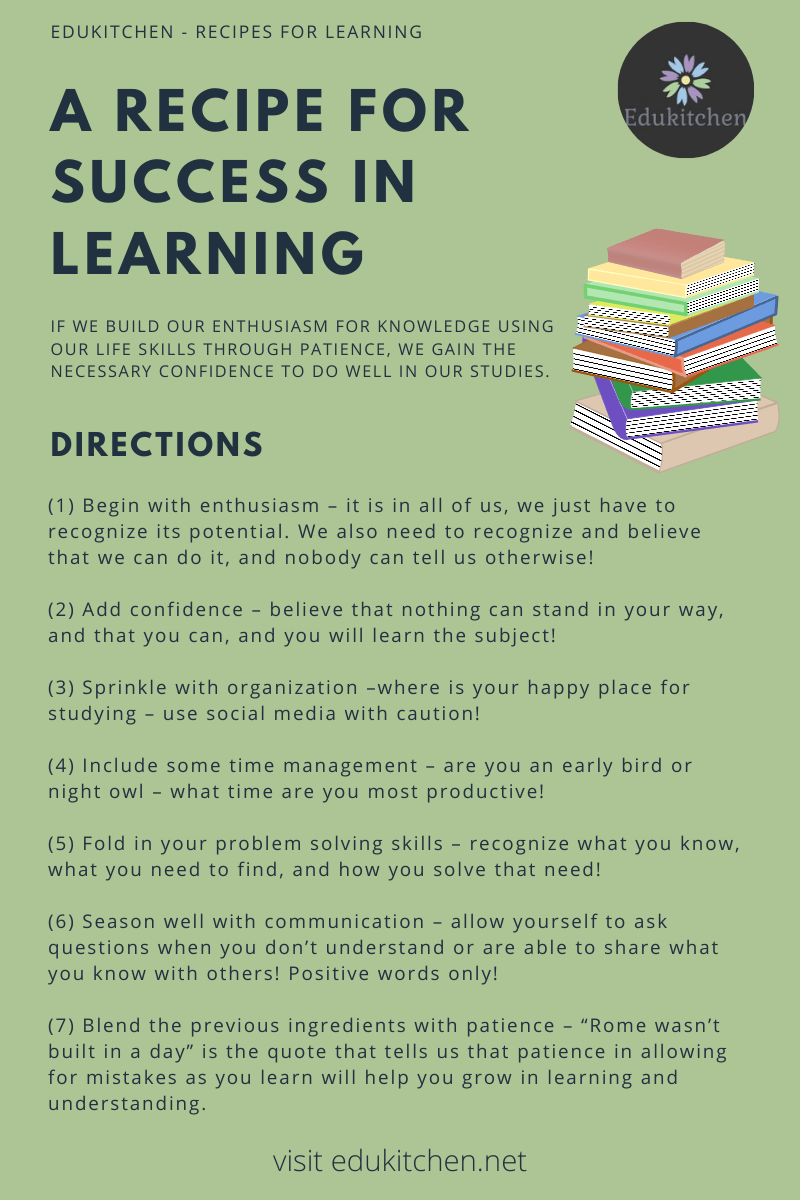
Final Thoughts…
Classrooms are meant to be seen as a place of learning. Even if the dynamics change when it comes to how classrooms look like, the aspects need to remain the same.
These aspects will add value to students characters, learning, and most importantly will help them build the confidence, and enthusiasm to succeed in their classes.
Share Your Thoughts!
EduKitchen would like to hear from you! Let know your thoughts in the comments below on discipline strategies in the classroom. We would love for you to connect with us on social media!



